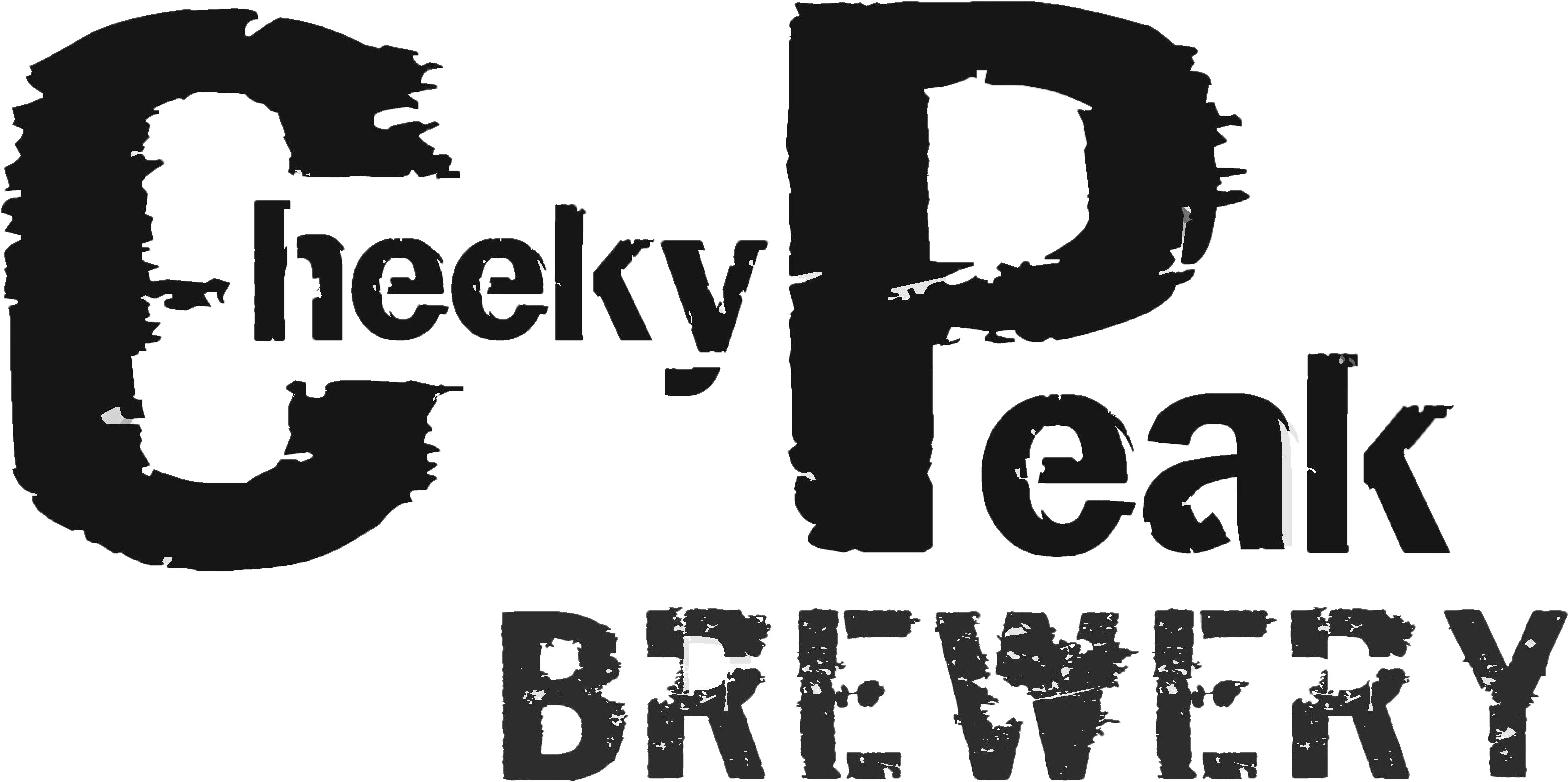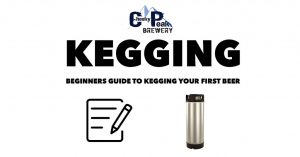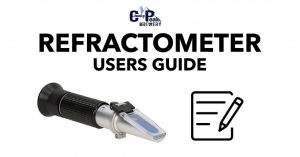In this article we will outline the basic principles of dry hopping & how you can achieve the best results in a typical Homebrewing scenario.
We will guide you through the basic techniques involved, giving you the pros and cons of each technique.
WHAT IS DRY HOPPING?
The process of dry hopping refers to the addition of hops into your fermenter either during your fermentation period and/or after your primary fermentation period is nearing completion.
WHAT DOES DRY HOPPING ACHIEVE?
The aim of dry hopping is to add more hop flavour and aromatics into your beer. The process of adding your hops into cool (18-22c) fermenting wort helps retain more hop flavour and aromatics into your beer without adding additional bitterness. In comparison, adding hops into boiling wort tends to drive off a lot more of these fresh hop characters and will contribute to increased bitterness in your beer.
Not all styles of beer that you brew will require a dry hopping addition. Typically dry hopping is called for in a range of American styled ales, most notably American Pale Ales and American IPA’s. However, as the craft beer industry continues to evolve we are seeing an increase of styles that are being dry hopped such as sour beers, dark/amber American ales, Belgian ales and lagers.
WHEN TO DRY HOP
The timing of your dry hop addition is important in order to efficiently retain the desired dry hop characters you are looking for. Dry hopping too early tends to “scrub off” a lot of the hop characters due to the increased carbon dioxide production and vigorous nature of the primary fermentation.
Generally it is best to dry hop towards the tail end of your primary fermentation period. Visually you can gauge this as the frothy krausen (surface of the beer) begins to diminish, typically day 4-5 of your fermentation period.
For better accuracy of when to dry hop, you can also use the gravity of your beer as an indication of when to dry hop. A good rule of thumb is to dry hop when the gravity of your beer is within 2-3 points of your expected final gravity.
DRY HOPPING TECHNIQUES
There are a few different dry hopping techniques that homebrewers can adopt within their brewing process. Each process will have their pros/cons and therefore it is up to the individual Homebrewer to decide which will work best in their particular situation.
LOOSE DRY HOPPING
This dry hopping technique refers the process of throwing your hops directly into the fermenter loose with no hop bag/ball.
Pros:
- Increased extraction of hop oils as they are not contained/restricted within a bag/ball
- Reduced risk of contamination as you are not adding any equipment into the fermenter that may not be sanitised adequately.
Cons:
- Limited control over the contact time of hops without having the ability to directly pull hops out of fermenter after the set amount of days
- If the beer is not conditioned adequately, hop material may transfer over into your packaged bottles/keg
HOP BAG/BALL
This dry hopping technique involves containing your dry hops within a muslin styled bag or stainless steel mesh hop ball and adding this directly to your fermenter.
Pros:
- Hops are easily and efficiently removed from your fermenter
- Reduced to no hop material transferring over into your packaged bottles/kegs
Cons:
- If hops are packed too tightly into your hop bag/ball you may restrict hop contact with beer, therefore reducing the extraction of hop oils into your beer
- Risk of contaminating your beer if your hop bag/ball is not adequately sanitised
HOW LONG TO DRY HOP?
The duration of dry hopping can vary greatly depending on who you talk to or what you read. Anywhere from 24 hours to 10 days has been mentioned somewhere within homebrewing books and literature over time.
When homebrewing first hit the mainstream, 7-10 days was a typical suggestion for dry hopping periods. However, as the craft beer industry has continued to develop and evolve, dry hopping duration continues to reduce. It is now typical to see many craft brewers and homebrewers dry hopping for an average time of 3-4 days. Any longer then this and it is reported that the dry hop character tends to draw out green/grassy characters, not the desired outcome brewers are generally looking for.
HOW MUCH DRY HOPS SHOULD YOU USE?
There is definitely no one size fits all dosage rate for dry hopping. As expected, higher alcohol IPA’s will require higher dosage rates then lower alcohol Pale Ales / Session Ales.
A good rule of thumb for dosage rates is as follows:
Pale/Amber Ales (3-5% ABV) = 2-4g/l
IPA’s (6-7% ABV) = 6-8g/l
Double IPA’s (8-10% ABV) = 8-10g/l
DOUBLE DRY HOPPING
In recent times the craft beer industry has seen a rise in the East Coast (Juicy, Hazy) styled NEIPA’s. This style is packed full of juicy hop character, achieved typically through the use of a double dry hopping technique.
DOUBLE DRY HOPPING BASIC PROCEDURE
The process of double dry hopping is as it sounds, dry hopping on 2 separate occasions.
1st DRY HOP ADDITION
The first dry hop addition is generally performed at high krausen (when your fermentation is at peak activity). Not to go too deep into the detail of why, but adding the first addition at this time results in a unique hop character due to a process known as “hop biotransformation”. More on this in a future article…
2nd DRY HOP ADDITION
The second dry hop addition can be added towards the tail end of fermentation (the same procedure as you would for a normal dry hop addition)
HOW LONG TO DOUBLE DRY HOP
3 days contact time for each hop addition is a good starting point when double dry hopping. Any longer and as stated earlier you begin to move away from the fresh juicy hop character into a more green/grassy character.
IMPORTANT DOUBLE DRY HOP CONSIDERATIONS
When conducting your first dry hop addition, it may be worth while containing the hops in a suitable hop bag/ball. By doing this you have greater control when it comes time to remove your hops after the 3 days contact time.
HOPPY HOMEBREW RECIPES
Why not try one of these recipes for your next hoppy brew:













